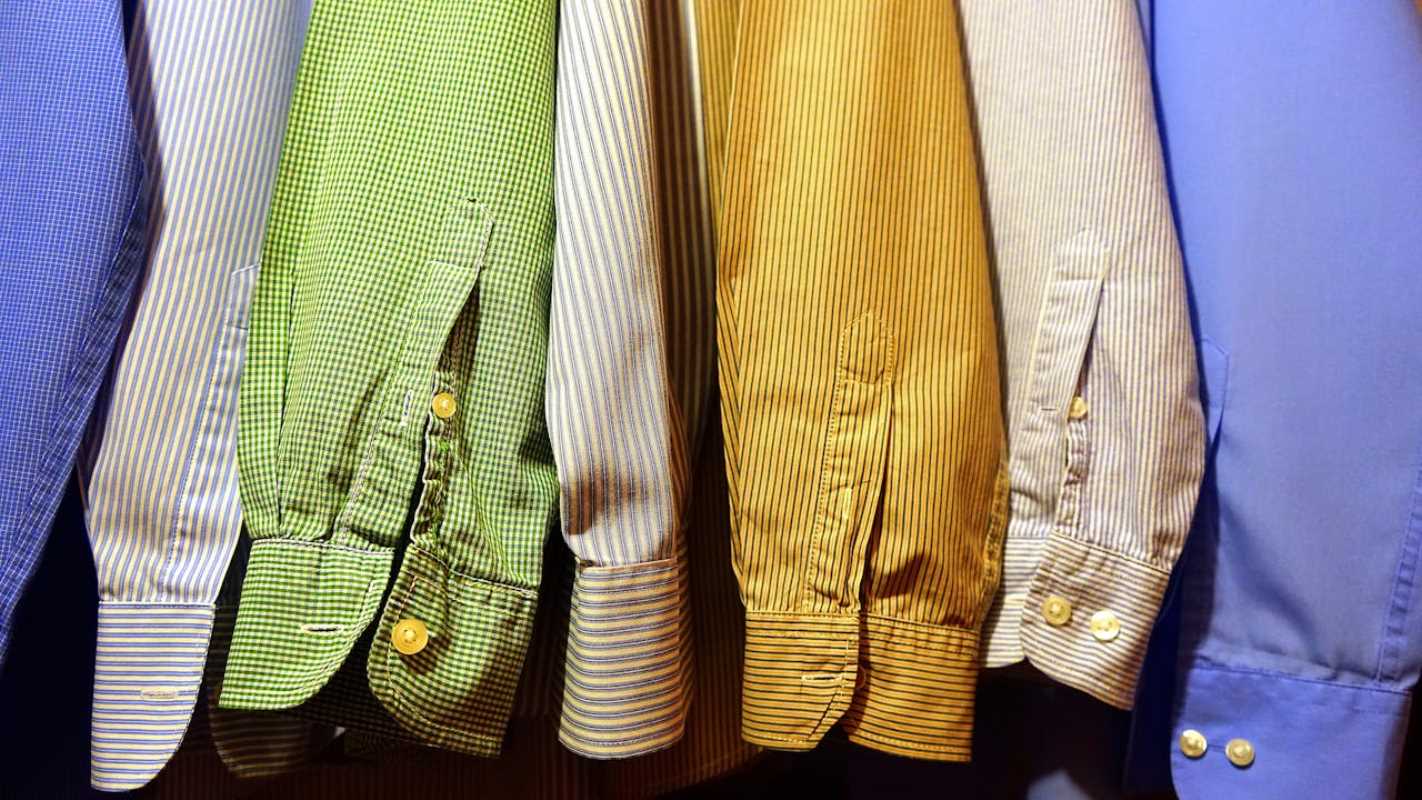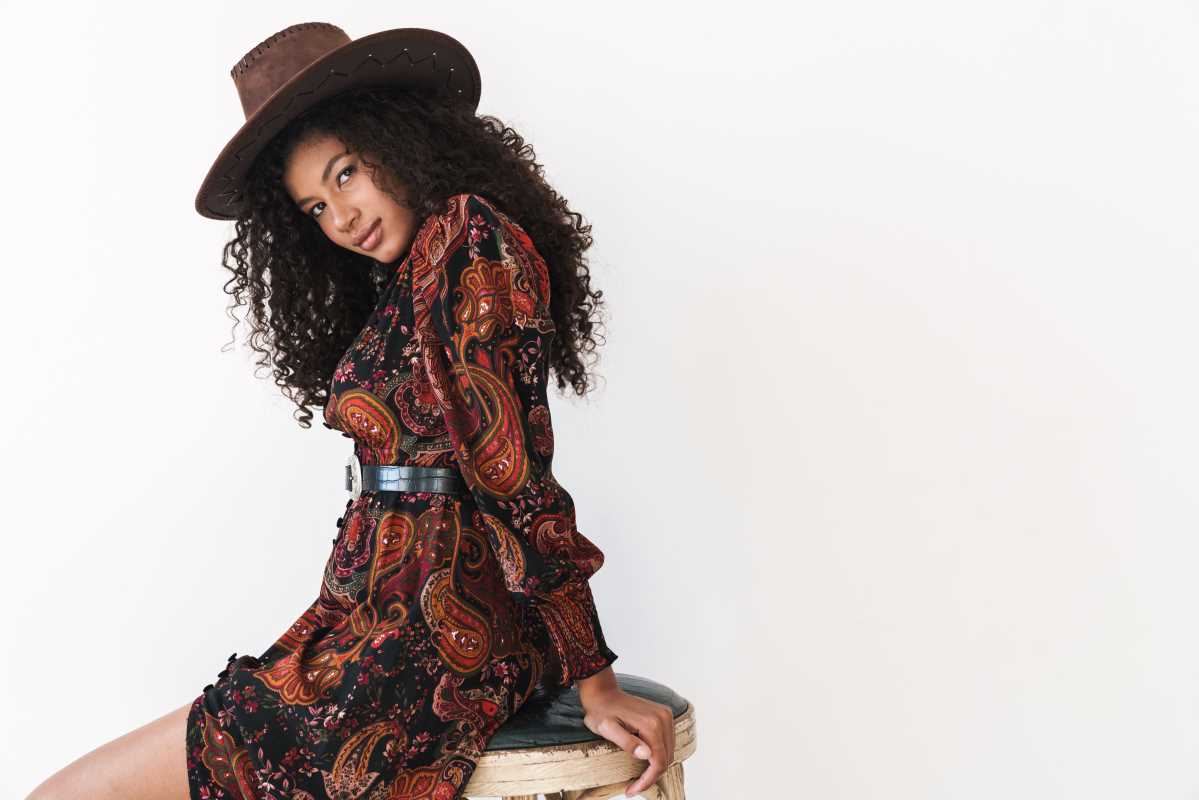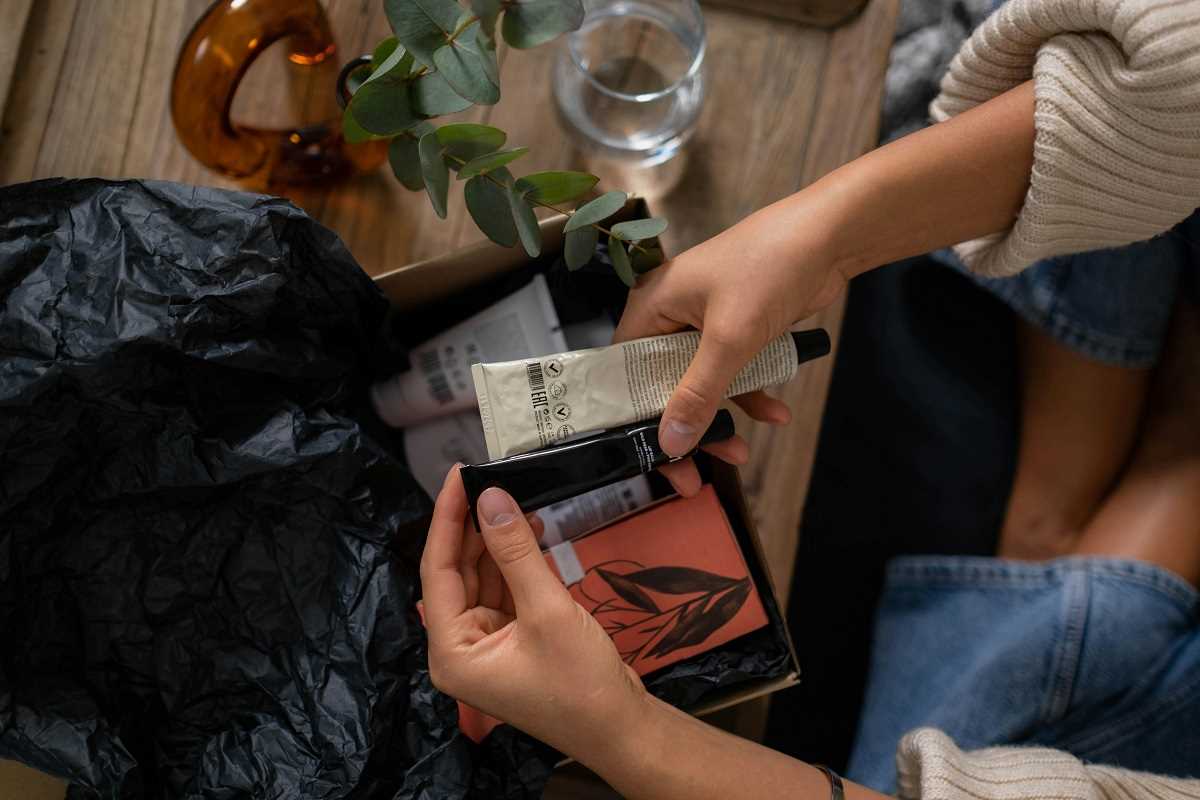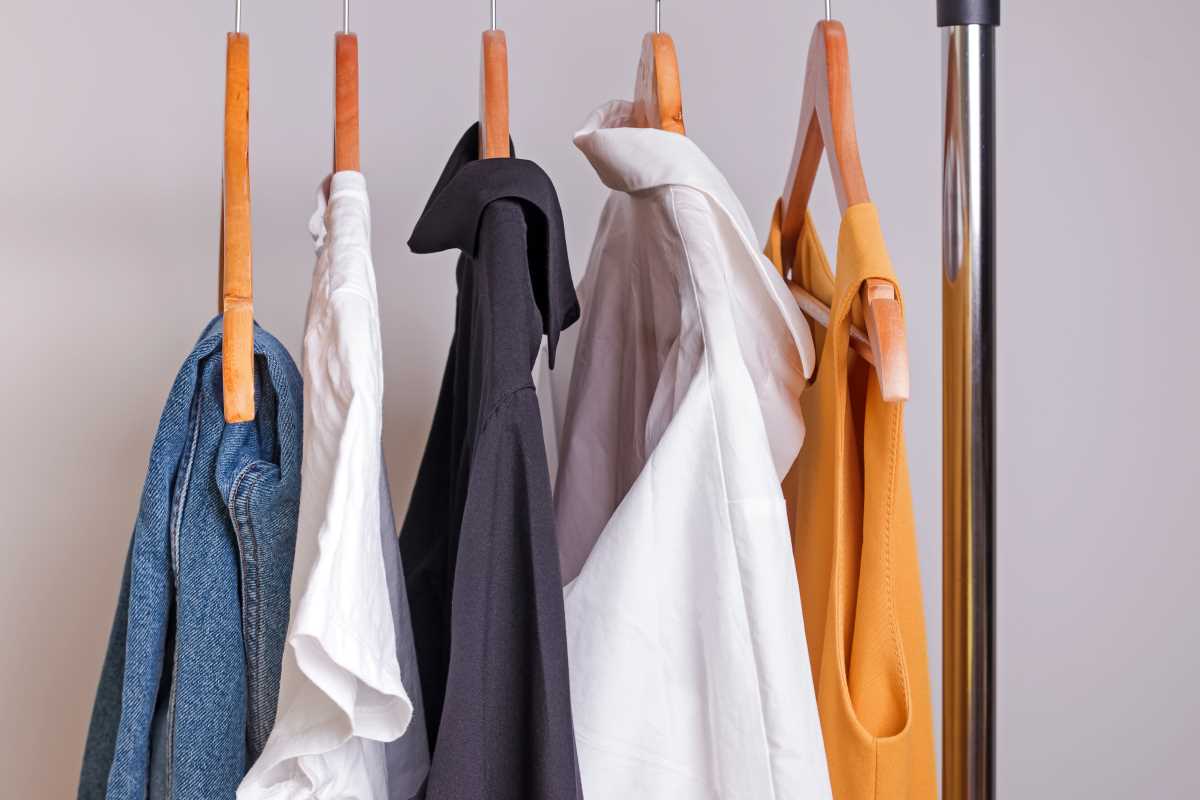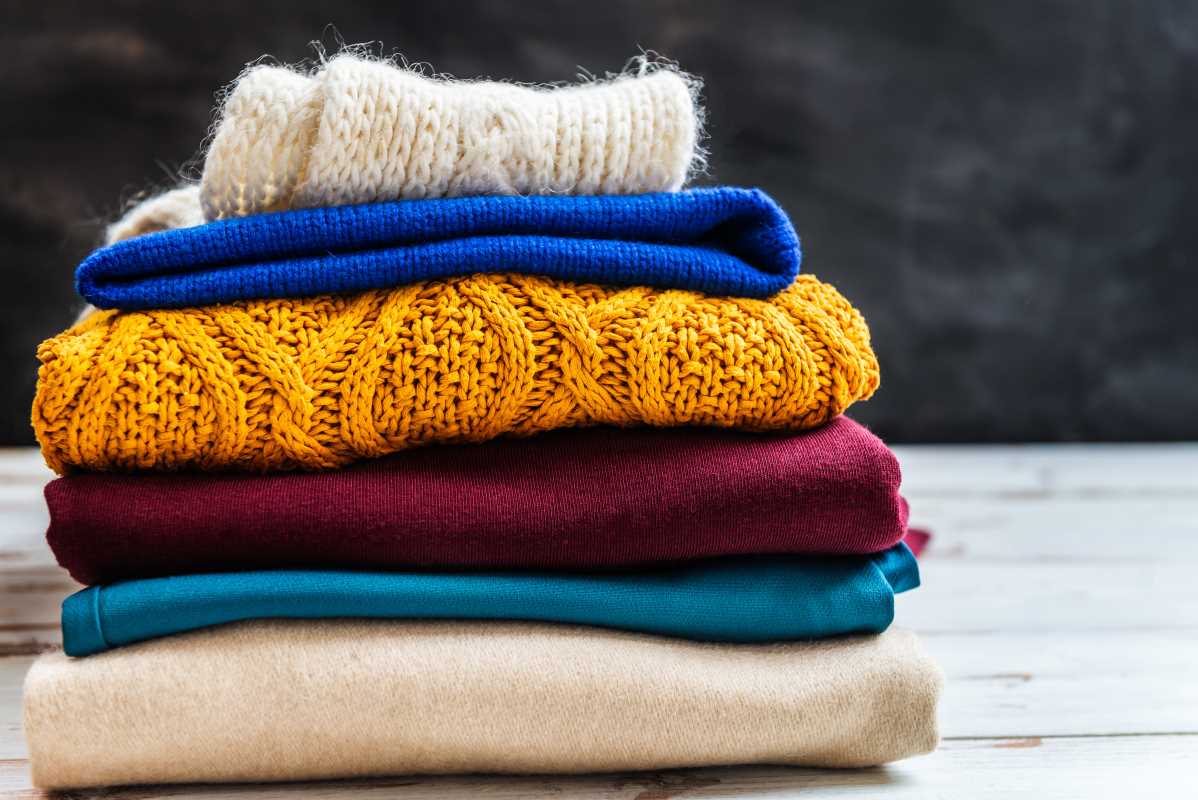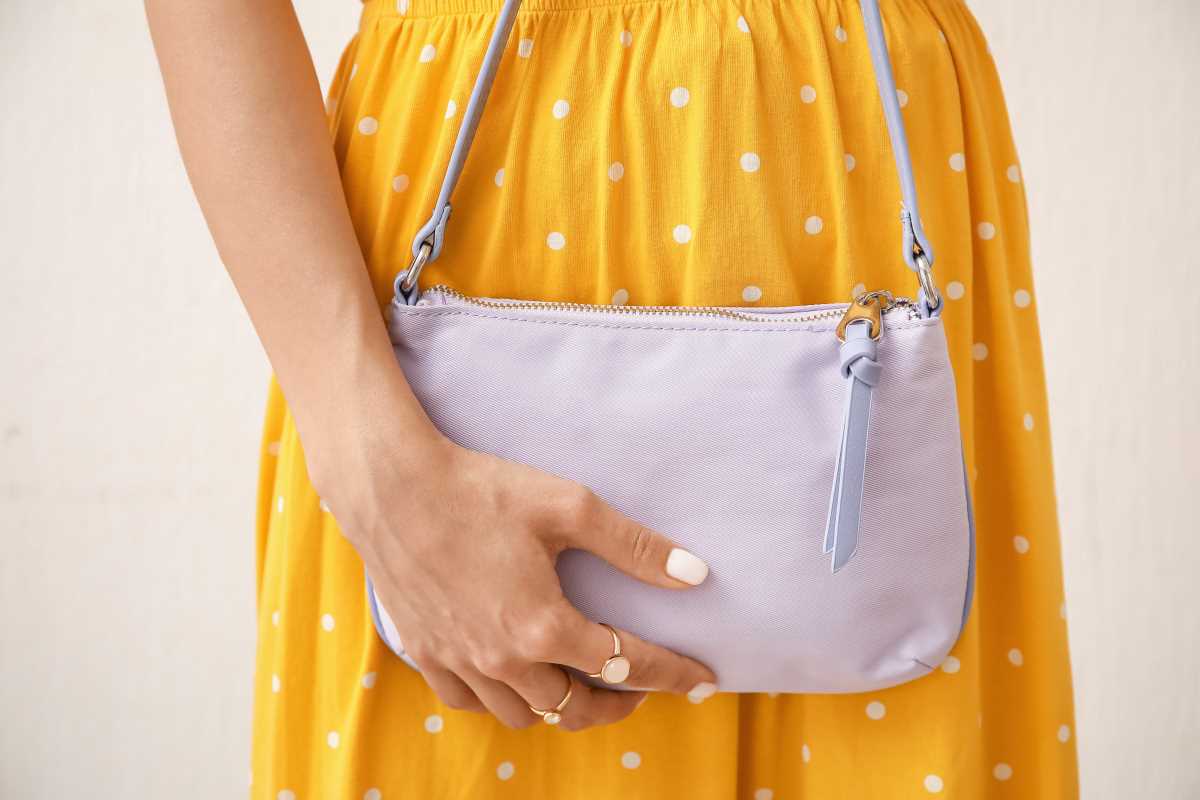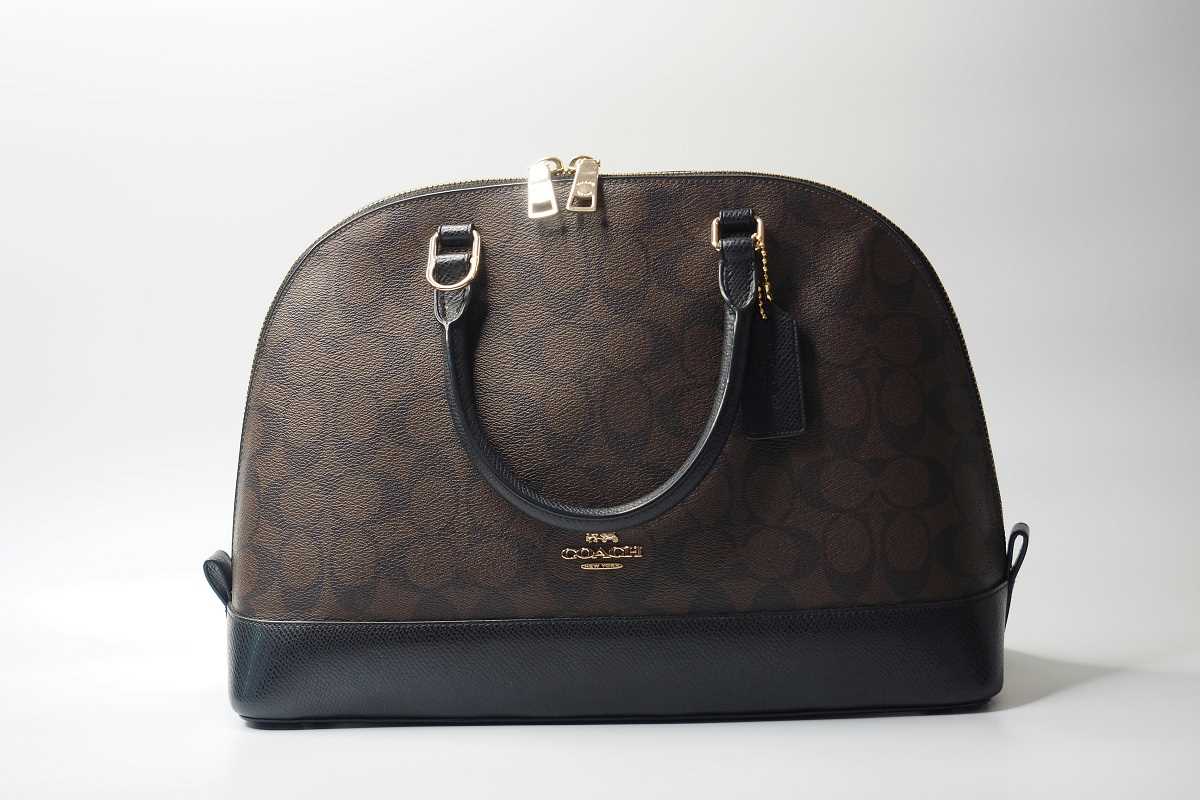Streetwear is everywhere you look these days. From hoodies and sneakers to bold graphics and logos splashed across T-shirts, what started as a niche style for skaters and urban youth has grown into one of the most powerful movements in the fashion world. But how did this shift happen? How did a subculture rooted in rebellion and self-expression evolve into a global fashion powerhouse embraced by top designers and luxury brands? Let’s break it down.
The Birth of Streetwear
Streetwear began in the late 1970s and early ’80s as a reflection of urban and skateboarding cultures, particularly in places like Los Angeles and New York City. Skaters needed clothes that were comfortable, durable, and allowed them to move freely. T-shirts, baggy pants, and sneakers became their staples—not just for practicality, but as a way to express their identities.
Around the same time, hip-hop culture was booming in New York. Rappers and breakdancers wore oversized jackets, tracksuits, and flashy sneakers, turning functional outfits into iconic statements of style. Brands like Adidas and Puma became symbols of coolness, thanks in part to stars like Run-DMC who made these looks famous.
Surf culture also played a big role in shaping early streetwear. Shawn Stussy, a surfboard maker from California, started printing his signature logo on T-shirts in the early ‘80s. He sold them out of his car along with surfboards. Unsurprisingly, they became a hit, and people began associating his casual, laid-back designs with the streetwear vibe we know today. Stussy, the brand, is often credited as one of the first streetwear labels.
The Rise of Streetwear in the ’90s
The 1990s were a golden age for streetwear’s growth. Skaters, surfers, and hip-hop culture were still driving the trends, but now brands like Supreme, founded in 1994 in New York City, emerged with a new twist. Supreme didn’t just sell clothes—it created a vibe. The brand appealed to rebellious youth by combining skate culture with bold, artistic graphics. Supreme’s stores became hotspots for limited edition items, and fans were willing to camp out all night to snag whatever dropped next. This sense of exclusivity is something streetwear still thrives on today.
The ’90s also saw the rise of sneakerhead culture. Young people were collecting sneakers as a way to showcase their style. Nike capitalized on this with the release of iconic shoes like the Air Jordans, designed for basketball legend Michael Jordan. These sneakers didn’t just belong on the court—they became status symbols. Having the latest pair meant you were in-the-know, part of something cool.
From Streets to Celebrity Culture
By the 2000s, streetwear started to grow beyond its underground roots. Celebrities played a huge role in turning these once niche trends into global phenomenons. Rappers like Pharrell Williams, Kanye West, and Jay-Z not only wore streetwear but started creating their own. Pharrell launched Billionaire Boys Club and Ice Cream, while Kanye eventually introduced Yeezy, one of the most sought-after brands in the world today. These stars made streetwear aspirational, proving it wasn’t just “street clothes”—it was fashion.
Around the same time, Japanese streetwear brands like BAPE (A Bathing Ape) became wildly popular. Known for their playful camo prints and bold ape logo, BAPE designs offered something fresh and unique. Influenced by Tokyo’s youthful energy, these styles further cemented streetwear as an international movement.
Streetwear Meets High Fashion
One of the biggest turning points for streetwear came in the 2010s, when luxury fashion brands like Louis Vuitton, Gucci, and Balenciaga started blending streetwear elements into their collections. Suddenly, what had once been seen as casual or even “underground” was making its way onto runways and into glossy magazines.
Collaborations played a major part in this shift. Supreme, for example, teamed up with Louis Vuitton in 2017—a mind-blowing moment for fans and skeptics alike. Why? Louis Vuitton represented high-end luxury, while Supreme embodied urban youth culture. Their collection sold out immediately, proving that streetwear had a place at the table with the most elite names in fashion.
But it wasn’t just about collaborations. Designers like Virgil Abloh, who founded the streetwear-inspired brand Off-White, became game-changers. Abloh broke barriers in the fashion world by blending casual streetwear influences with tailored, high-fashion touches. He eventually became the artistic director of Louis Vuitton’s menswear line, further cementing streetwear’s impact on luxury fashion.
The Power of Social Media and Streetwear Today
Social media platforms like Instagram have been a huge force behind streetwear’s recent dominance. Streetwear brands thrive on hype, and with photos of new drops and collaborations circulating online, demand skyrockets even before items hit stores. This digital buzz creates excitement and keeps streetwear fresh and relevant.
Today, streetwear isn’t limited to traditional T-shirts or hoodies. It’s evolved to include oversized blazers, technical outerwear, and experimental designs that redefine what casual fashion can be. Brands like Fear of God, Off-White, and Vetements are pushing boundaries and staying inspired by the culture where streetwear first began. Meanwhile, younger designers continue exploring eco-friendly streetwear, giving it a sustainable twist as environmental awareness grows.
What’s Next for Streetwear?
Streetwear is constantly evolving, just like the cultures that inspired it. The beauty of streetwear lies in its ability to blend the old with the new while staying true to its roots. It began as something for skaters, surfers, and hip-hop fans—people who wanted to express themselves, stand out, and reject mainstream fashion. Now it’s clear that streetwear isn’t just a trend; it’s a movement that changed what fashion looks like.
And the story doesn’t end here. Whether through new technologies, more diverse creators, or even partnerships we can’t imagine yet, streetwear will continue breaking barriers. Who knows what’s coming next? One thing’s certain, though—streetwear will always keep challenging the rules, just as it always has.
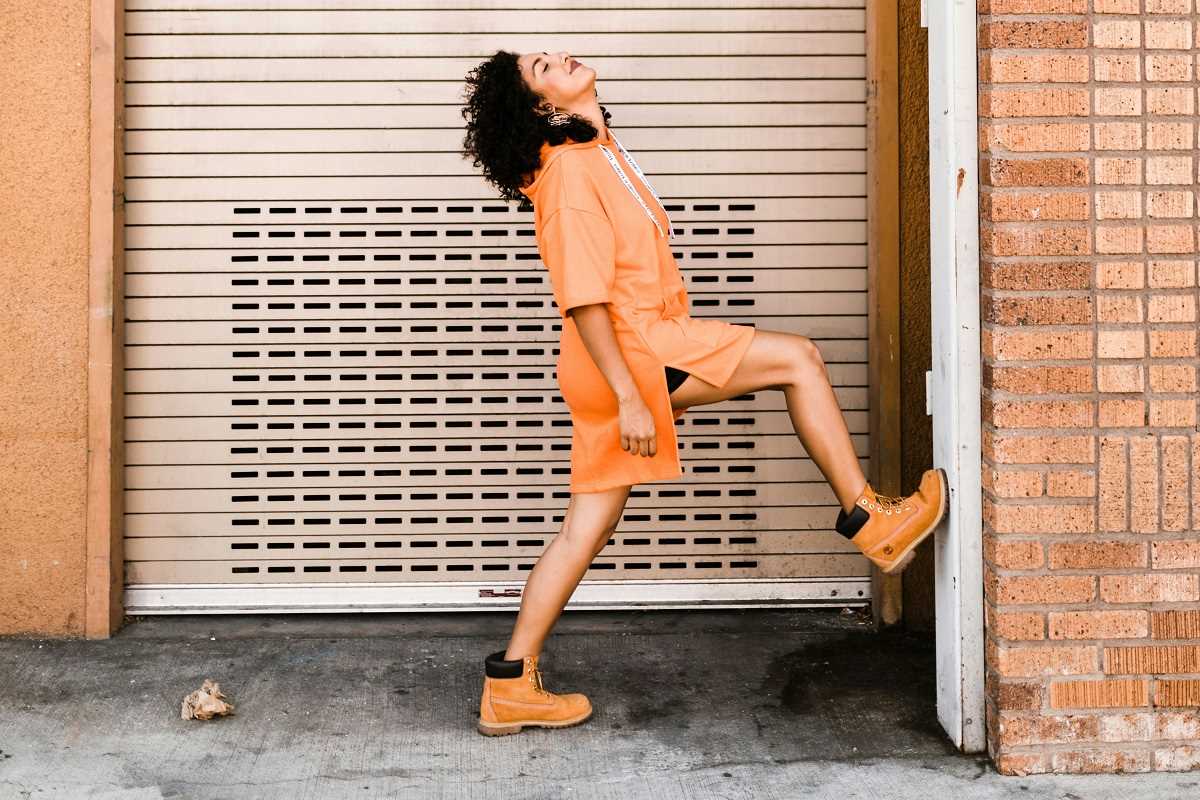 (Image via
(Image via